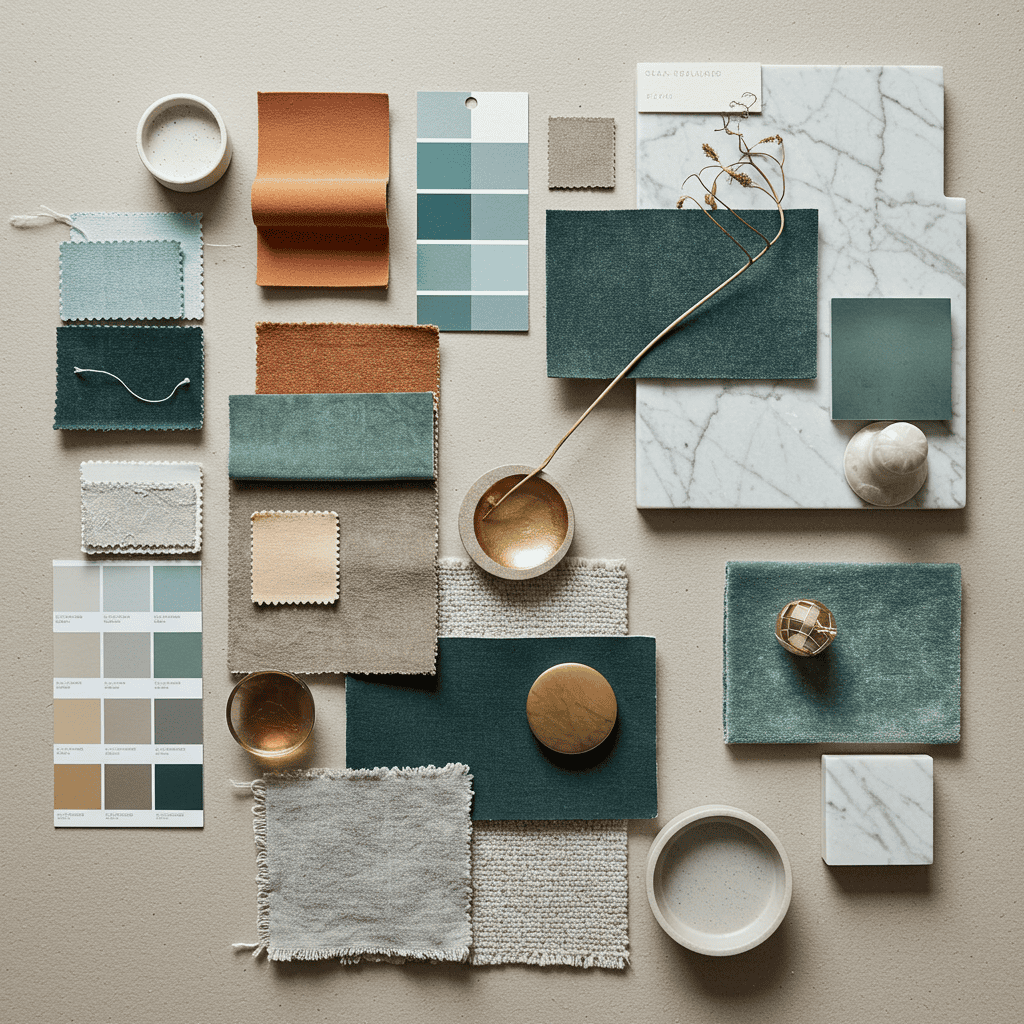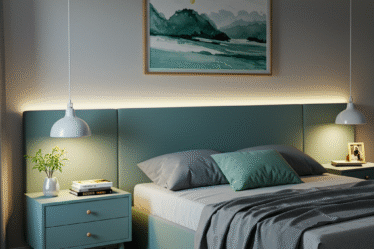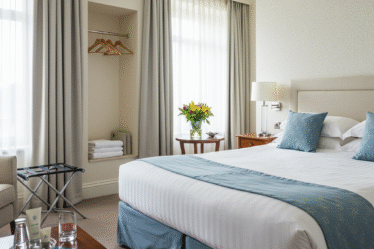
Choosing the perfect color palette can dramatically transform your home’s ambiance, shifting its mood from sterile to vibrant, or from chaotic to serene. This seemingly simple task, however, can quickly become overwhelming. From understanding undertones to coordinating multiple spaces, creating a harmonious color scheme requires careful consideration. This article will guide you through the process, offering practical advice and insights to help you confidently select a palette that reflects your personal style and enhances your living space.
The first step is to identify your personal style. Are you drawn to the clean lines of minimalism or the cozy warmth of a rustic farmhouse? Modern design often incorporates bold, contrasting colors, while traditional styles tend towards more muted, earthy tones. Browsing interior design magazines and online platforms like Pinterest can help you pinpoint your aesthetic preferences.
Once you have a general style in mind, consider the function of each room. A calming palette of blues and greens is ideal for a bedroom, promoting relaxation and sleep. Conversely, a kitchen or dining area might benefit from more energetic hues like yellows and oranges, known to stimulate appetite and conversation. Think about how you want to feel in each space and choose colors that evoke those emotions.
Understanding undertones is crucial for creating a cohesive look. Every color has an underlying hue that influences how it appears in different lighting conditions. For example, a seemingly neutral beige might have a pink, green, or gray undertone. Testing paint samples on your walls and observing them throughout the day is essential to ensure the undertones harmonize with your existing décor and natural light.
Don’t be afraid to experiment with different color combinations. The 60-30-10 rule is a helpful guideline for balancing your palette. Choose a dominant color for 60% of the room, a secondary color for 30%, and an accent color for the remaining 10%. This creates visual interest without overwhelming the space.
Finally, consider the impact of lighting. Natural light can significantly alter the appearance of colors, making them appear brighter and more vibrant. Artificial lighting, on the other hand, can cast a warm or cool glow, influencing how colors are perceived. Always test your chosen colors in the room’s specific lighting conditions before making a final decision.
By understanding these key principles, you can confidently select a color palette that transforms your home into a sanctuary that reflects your personal style and enhances your everyday life. Choosing the right colors is more than just aesthetics; it’s about creating a space that truly feels like home.



